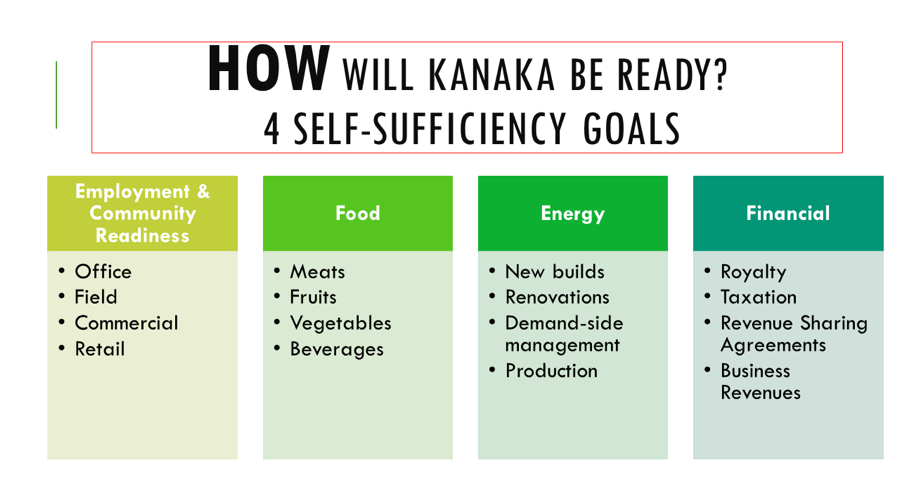At Kanaka Bar, preparing for climate change is seen as an important milestone towards the achievement of community’s vision of self-sufficiency. It is being incorporated in everything that is being done by the community on a day to day basis. The Traditional Territory of Kanaka Bar is located 14 kilometers south of Lytton, B.C., in the Fraser Canyon. Water plays a critical role in the health of the community. Kanaka Bar has five watersheds: Kwoiek Creek, Morneylun Creek, Nekliptum Creek, Siwash Creek and Four Barrel Creek, all of which support traditional food sources, wildlife and agricultural activities, provide drinking water to the community and hydroelectric power to BC Hydro’s grid.
Over the recent years, many changes have been observed throughout the Traditional Territory. Community members have noticed that wildlife is moving away from the community and travelling further up-mountain, salmon numbers are decreasing and are swimming deeper in the Fraser River in search of cooler temperatures and vegetation growth is changing. As well, consistent rainfall has been replaced by long periods of dry weather and unpredictable storms. These local observations are consistent with scientific predictions of how climate change is likely to affect the region. Although drought has not yet affected the community’s water resources, there is substantial concern that they may be threatened as climate change impacts intensify.
In response to these concerning changes within their Territory, Kanaka Bar has undertaken a Community Vulnerability Assessment to better understand how their environment may continue to change, and how these changes may impact key community values and areas of concern.
Understanding Kanaka Bar’s concerns and priorities was the first step in the Vulnerability Assessment process. Together with environmental professionals from Urban Systems, community members gathered at engagement events to ask questions, and express their concerns about climate change and how it would impact community life and well-being.
After priorities were identified, current and future effects of climate change on these areas were studied. Some anticipated changes that emerged from this research were warmer temperatures year-round; less precipitation in the summer but more in the fall, winter, and spring; less snow; more frequent and intense storms events; changes in water resources; continued stress on the salmon population; changes in the availability of traditional foods; and increased risk of forest fire.
Understanding the ways in which Kanaka Bar was vulnerable to climate change has allowed the community to take meaningful steps towards reducing their risks and becoming more resilient by developing an adaptation strategy. Kanaka Bar’s Adaptation Strategy supports their goal of self-sufficiency while increasing their resilience. It maps out short and long term adaptation actions in six priority areas: Water Resources, Forest Fires, Traditional Foods, Access Roads, Supporting Self-Sufficiency and Youth and Community Engagement and Education. These actions range from installing weather monitoring stations in the community, to expanding food production initiatives, to hosting annual workshops on climate change. Together they represent a “Made at Kanaka, by Kanaka for Kanaka” adaption plan that will benefit the community in a holistic way that goes far beyond coping with climate change.
To learn more about Kanaka Bar and the great strides they’re making towards climate resilience and self-sufficiency, visit their website.

Figure 1Kanaka Youth at Morneylun Water Gauging Station

Author: Kanaka Bar

